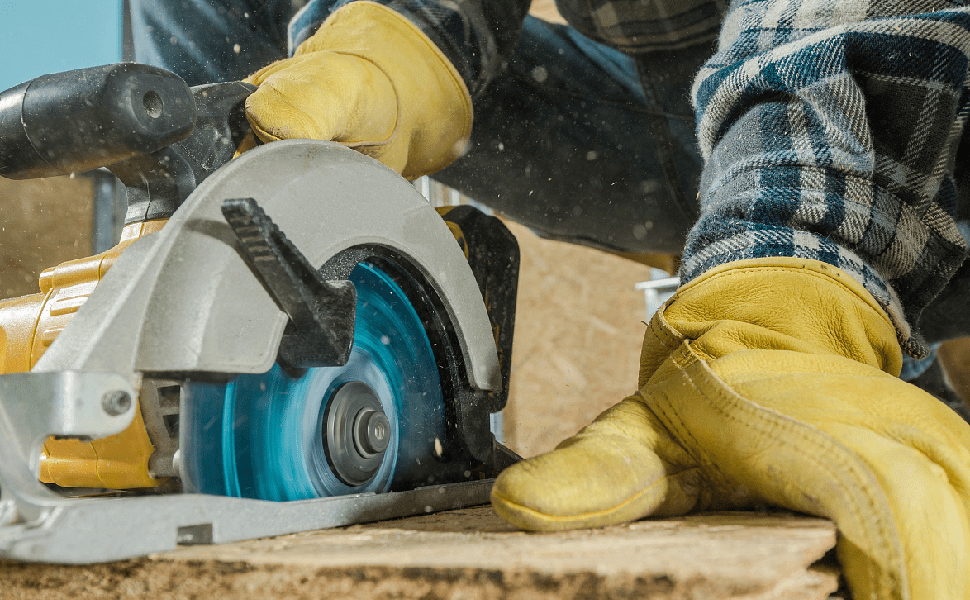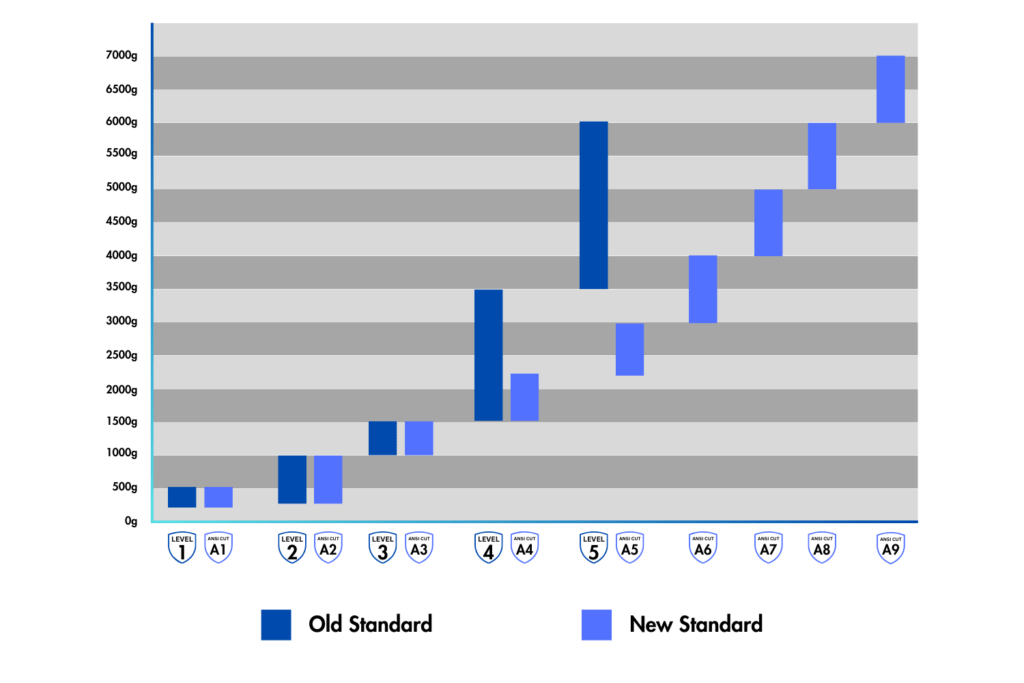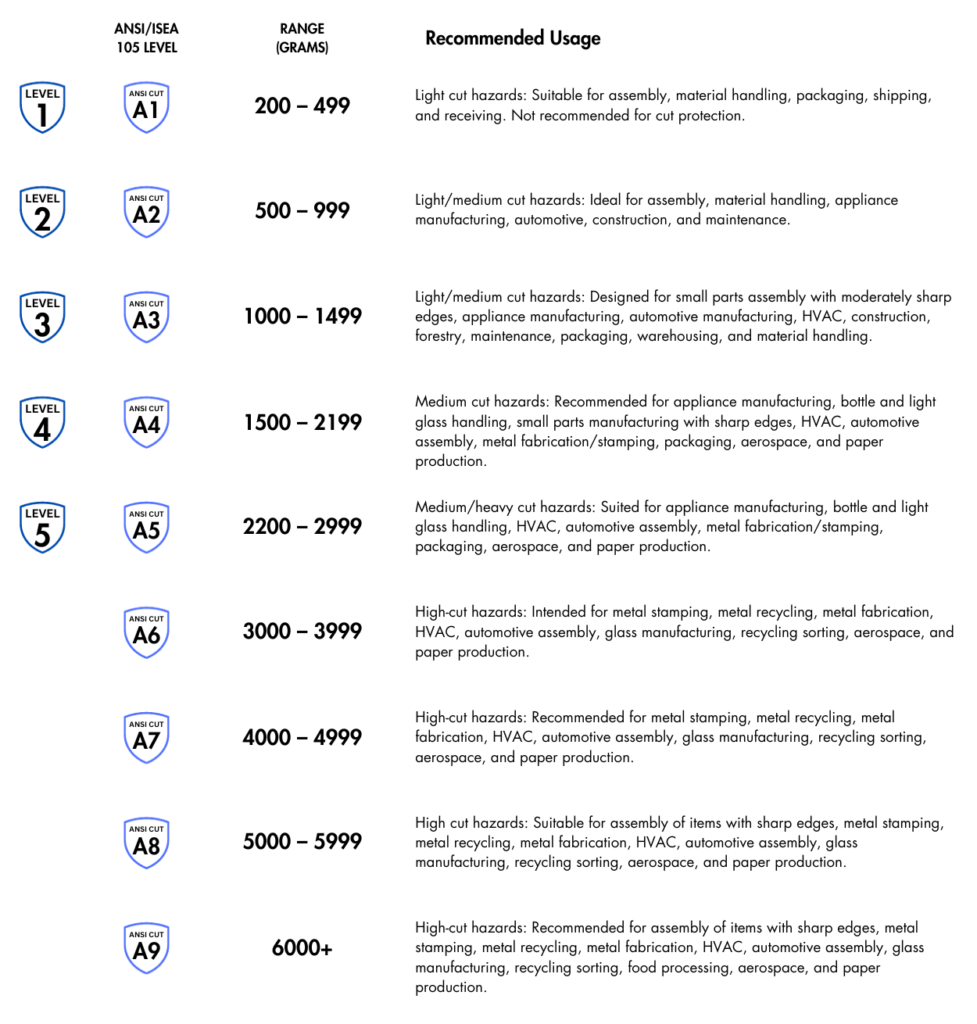
Prevent Hand accidents
Sustaining a hand injury can have severe consequences for an individual, potentially leading to several days away from work.
What Cut Level Should I Be Using?
Both ANSI 105 and EN 388 standards for testing purposes. These standards assess gloves for abrasions, cuts, tears, and punctures, with recognition in the United States for both ANSI and EN criteria. The ANSI/ISEA 105 (2016) standard, introduced in 2016, addresses the classification and testing of hand protection, specifically focusing on performance properties. This update resulted in the expansion of cut levels from five to nine, denoted as A1, A2, A3, A4, A5, A6, A7, A8, and A9. This broader range enables users and manufacturers to more precisely determine the necessary level of hand protection based on job requirements.
In addition to enhancing cut resistance, ANSI/ISEA 105 (2016) integrated a needlestick puncture test, acknowledging the potential risk in industries such as construction and recycling.


